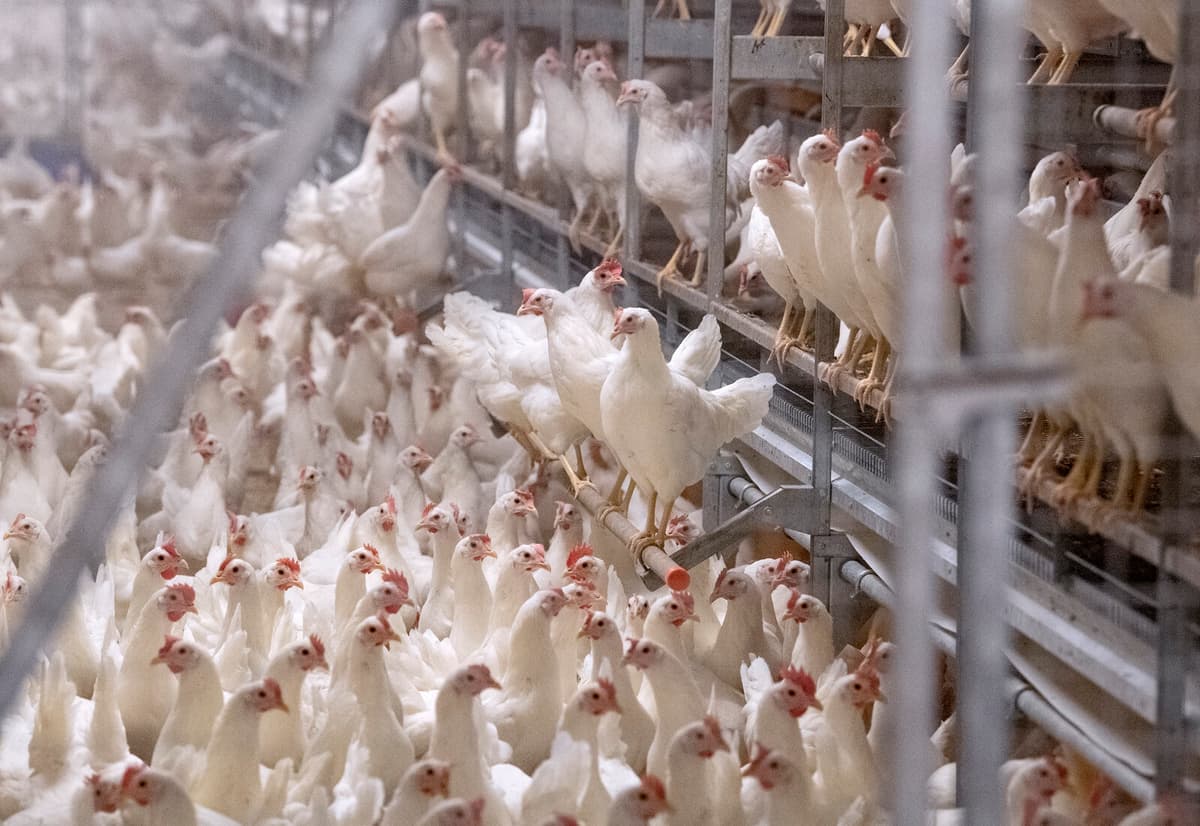Campylobacter is a common bacterium that both humans and animals can carry. In humans, it causes diarrhea, fever, and nausea, sometimes vomiting. The symptoms last for a few days and often go away on their own.
More severe symptoms occur but are rare.
The number of cases usually reaches a peak in August and then decreases towards the fall, says Rikard Dryselius.
The most common way for humans to get the bacterium is through chicken.
This is because the infection is transmitted through so-called vectors, i.e. flies and other animal life that transmit the bacteria to chicken flocks.
There is more life and movement in nature during the summer than in the winter, and that's why it's much more common to have campylobacter in the summer when it's warm, says Rikard Dryselius.
Therefore, it is important to maintain good kitchen hygiene when food, especially chicken, is cooked.
It's important to heat the food to 70 degrees, preferably for a longer period, then the bacteria die. And make sure not to put the cooked food on the plate you had the raw meat on. And wash your hands.
Campylobacter can also be spread through livestock and pets, or through unpasteurized milk. But also through water.
There are those who become infected when they drink from mountain streams that can be contaminated by animals. But seen over the whole year, it's not that common.
According to the infectious diseases act, all cases of campylobacter infection must be reported to the infectious disease doctor. Suspected outbreaks from water and food must be notified to the environmental office or equivalent in the municipality.





